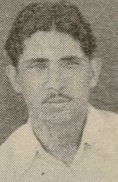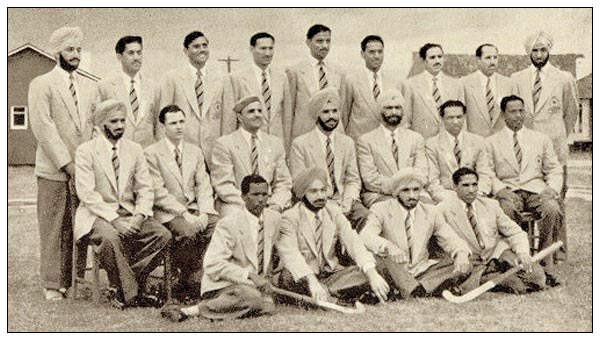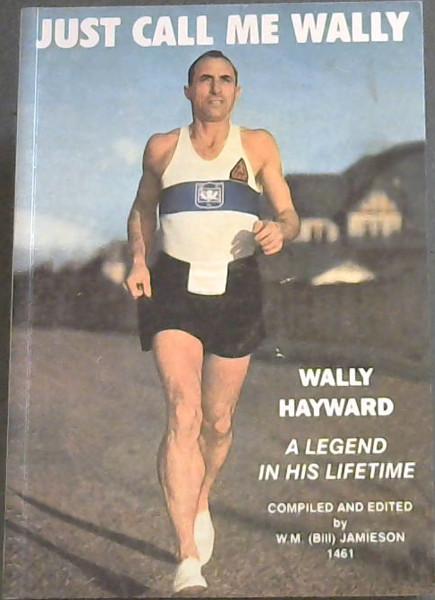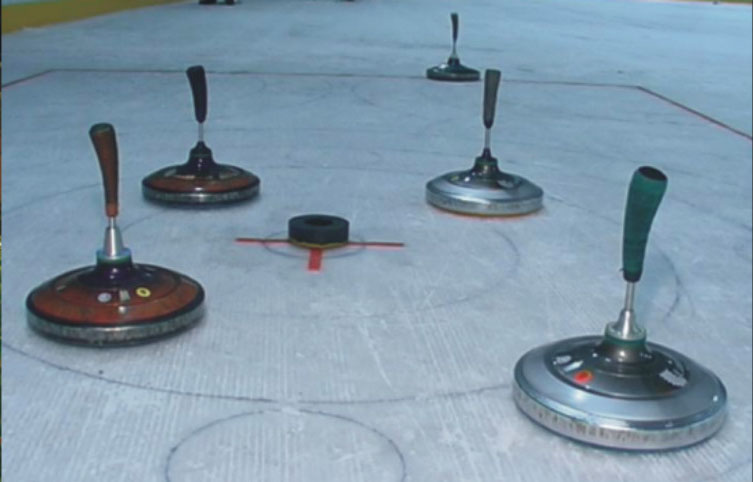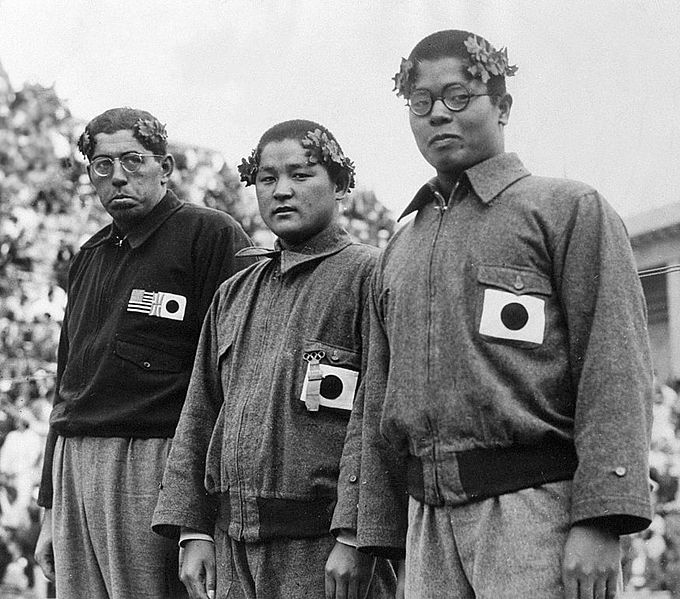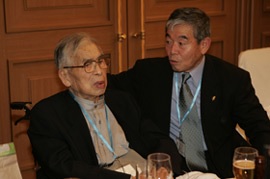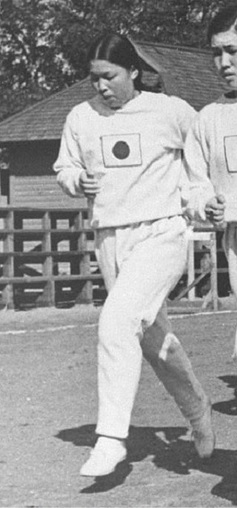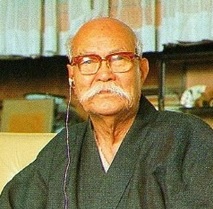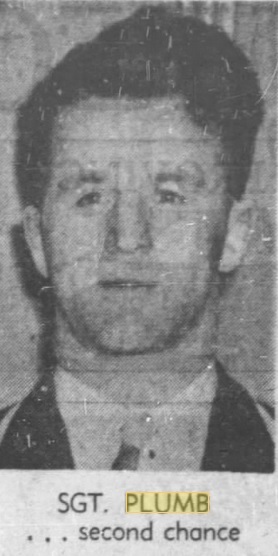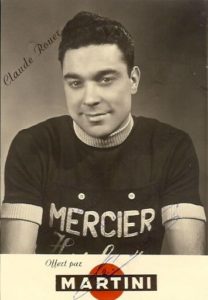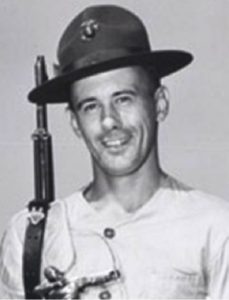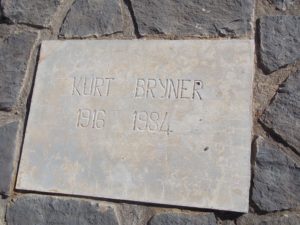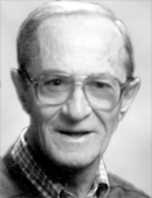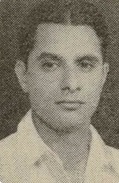At the 2020 Olympic Games, we’ll all supposedly be saying that “Tokyo is hot.” How hot is it, Johnny Carson aficionados might ask. Below is a little historical perspective on how hot the Olympic Games host cities have been during their Olympic months. Here are the stats for all the previous summer Olympics, in terms of the average temperatures during the Olympic months.
[table]
Year,City,NOC,OMAHT,OMMHT,OMMT,OMMLT,OMALT
1896,Athina,GRE,40 (105),20 (68),16 (60),12 (53),10 (50)
1900,Paris,FRA,40 (105),25 (77),21 (69),16 (60),6 (43)
1904,St. Louis,USA,43 (110),31 (88),26 (78),21 (69),8 (47)
1906,Athina,GRE,40 (105),25 (77),21 (69),16 (60),10 (50)
1908,London,GBR,37 (98),24 (74),19 (65),14 (57),7 (47)
1912,Stockholm,SWE,36 (97),22 (71),17 (63),13 (56),4 (40)
1920,Antwerpen,BEL,35 (95),23 (73),19 (66),15 (59),6 (43)
1924,Paris,FRA,40 (105),25 (77),21 (69),16 (60),6 (43)
1928,Amsterdam,NED,32 (90),22 (72),17 (64),12 (54),5 (41)
1932,Los Angeles,USA,41 (106),29 (84),24 (74),18 (64),9 (49)
1936,Berlin,GER,38 (100),24 (75),19 (67),14 (58),5 (42)
1948,London,GBR,37 (98),24 (74),19 (65),14 (57),7 (47)
1952,Helsinki,FIN,33 (92),22 (71),18 (64),14 (58),5 (42)
1956,Melbourne,AUS,41 (106),22 (72),19 (66),11 (52),3 (37)
1960,Roma,ITA,38 (99),27 (80),21 (69),15 (59),8 (48)
1964,Tokyo,JPN,33 (91),22 (71),18 (64),14 (58),-1 (31)
1968,Ciudad de México,MEX,29 (84),23 (73),17 (63),11 (52),0 (32)
1972,München,FRG,30 (86),19 (66),14 (57),9 (48),0 (32)
1976,Montréal,CAN,36 (96),25 (77),21 (69),17 (62),6 (43)
1980,Moskva,URS,38 (101),24 (76),19 (67),14 (58),1 (34)
1984,Los Angeles,USA,41 (106),29 (84),24 (74),18 (64),9 (49)
1988,Seoul,KOR,35 (95),26 (78),21 (70),17 (63),3 (38)
1992,Barcelona,ESP,33 (91),29 (83),24 (76),20 (68),12 (53)
1996,Atlanta,USA,41 (105),32 (89),27 (80),22 (71),12 (53)
2000,Sydney,AUS,35 (95),20 (68),15 (60),11 (52),5 (41)
2004,Athina,GRE,40 (105),34 (93),29 (84),24 (75),10 (50)
2008,Beijing,CHN,38 (101),30 (86),26 (78),21 (69),11 (53)
2012,London,GBR,37 (98),24 (74),19 (65),14 (57),7 (47)
2016,Rio de Janeiro,BRA,36 (97),26 (78),22 (71),19 (66),11 (51)
2020,Tokyo,JPN,39 (102),31 (87),26 (80),23 (73),15 (60)
[/table]
Legend: OMAHT = Olympic month absolute high temperature, OMMHT = Olympic month mean high temperature, OMMT = Olympic month mean temperature, OMMLT = Olympic month mean low temperature, OMALT = Olympic month absolute low temperature. The temperatures are all given in degrees as “Celsius (Fahrenheit)”.
Here are the cities ranked from hottest to lowest during their Olympic months, in terms of the mean (average) high temperature
[table]
Year,City,NOC,OMMHT,OMMT,OMMLT
2004,Athina,GRE,34 (93),29 (84),24 (75)
1996,Atlanta,USA,32 (89),27 (80),22 (71)
1904,St. Louis,USA,31 (88),26 (78),21 (69)
2020,Tokyo,JPN,31 (87),26 (80),23 (73)
2008,Beijing,CHN,30 (86),26 (78),21 (69)
1932,Los Angeles,USA,29 (84),24 (74),18 (64)
1984,Los Angeles,USA,29 (84),24 (74),18 (64)
1992,Barcelona,ESP,29 (83),24 (76),20 (68)
1960,Roma,ITA,27 (80),21 (69),15 (59)
1988,Seoul,KOR,26 (78),21 (70),17 (63)
2016,Rio de Janeiro,BRA,26 (78),22 (71),19 (66)
1900,Paris,FRA,25 (77),21 (69),16 (60)
1906,Athina,GRE,25 (77),21 (69),16 (60)
1924,Paris,FRA,25 (77),21 (69),16 (60)
1976,Montréal,CAN,25 (77),21 (69),17 (62)
1980,Moskva,URS,24 (76),19 (67),14 (58)
1936,Berlin,GER,24 (75),19 (67),14 (58)
1908,London,GBR,24 (74),19 (65),14 (57)
1948,London,GBR,24 (74),19 (65),14 (57)
2012,London,GBR,24 (74),19 (65),14 (57)
1920,Antwerpen,BEL,23 (73),19 (66),15 (59)
1968,Ciudad de México,MEX,23 (73),17 (63),11 (52)
1928,Amsterdam,NED,22 (72),17 (64),12 (54)
1956,Melbourne,AUS,22 (72),19 (66),11 (52)
1912,Stockholm,SWE,22 (71),17 (63),13 (56)
1952,Helsinki,FIN,22 (71),18 (64),14 (58)
1964,Tokyo,JPN,22 (71),18 (64),14 (58)
1896,Athina,GRE,20 (68),16 (60),12 (53)
2000,Sydney,AUS,20 (68),15 (60),11 (52)
1972,München,FRG,19 (66),14 (57),9 (48)
[/table]
As you can see, Tokyo does not project to be the hottest Olympic Games on record. In fact, recent Games, notably Athina 2004 and Atlanta 1996 were both hotter. Granted, Athina was a relatively dry heat, but Atlanta’s humidity is almost exactly the same at Tokyo. Beijing 2008 and Los Angeles 1984 were also close to the same temperature as Japan, albeit both with less humidity.
Note that in the chronological listing of summer Olympic cities, the cooler cities were in the early years of the 20th century, for the most part, back when the Games were usually held in northern Europe.
Also note Tokyo 1964, when the Games were held in October, against Tokyo 2020. The average high in 2020 should be 31° C. (87° F.), while in 1964 it was 22° C. (71° F.). This is also true of other Games held in the autumn, as both Ciudad de México (MEX-1968) and Seoul (KOR-1988) can be quite warm, but holding those Games in September-October mitigated problems with the heat.
The marathon is the event of most concern, although the race walks, especially the 50 km will also be affected. These are the starting dates and times for the Olympic marathons since 1896.
[table]
Year,Class,Event,Date,Time
1896,Men,Marathon,10 April,
1900,Men,Marathon,19 July,1430
1904,Men,Marathon,30 August,
1906,Men,Marathon,1 May,1505
1908,Men,Marathon,24 July,1433
1912,Men,Marathon,14 July,1348
1920,Men,Marathon,22 August,1612
1924,Men,Marathon,13 July,1700
1928,Men,Marathon,5 August,1514
1932,Men,Marathon,7 August,1530
1936,Men,Marathon,9 August,1500
1948,Men,Marathon,7 August,1500
1952,Men,Marathon,27 July,1525
1956,Men,Marathon,1 December,1515
1960,Men,Marathon,10 September,1730
1964,Men,Marathon,21 October,1300
1968,Men,Marathon,20 October,1500
1972,Men,Marathon,10 September,1500
1976,Men,Marathon,31 July,1730
1980,Men,Marathon,1 August,1715
1984,Men,Marathon,12 August,1715
1984,Women,Marathon,5 August,800
1988,Women,Marathon,23 September,930
1988,Men,Marathon,2 October,1435
1992,Men,Marathon,9 August,1830
1992,Women,Marathon,1 August,1830
1996,Women,Marathon,28 July,705
1996,Men,Marathon,4 August,705
2000,Women,Marathon,24 September,900
2000,Men,Marathon,1 October,1600
2004,Men,Marathon,29 August,1800
2004,Women,Marathon,22 August,1800
2008,Men,Marathon,24 August,730
2008,Women,Marathon,17 August,730
2012,Men,Marathon,12 August,1100
2012,Women,Marathon,5 August,1100
2016,Men,Marathon,21 August,930
2016,Women,Marathon,14 August,930
[/table]
As you can see the recent trend has been to run the Marathon either in the morning or the early evening to lessen the effects of the heat. In the early years of the Summer Olympics, when they were usually held in Northern Europe, the marathon was often run in the afternoon.
What about Hokkaido, the northernmost island in the Japanese archipelago, which has been proposed as the site for the 2020 Olympic marathons? The average mean temperature there in August is about 26° C. (79° F.). Better than Tokyo, but still warm if run in midday.
So Tokyo will be hot, but not unheard of for recent Olympic Games. As the world seems to be getting hotter, the effects of always holding the Olympics in July-August, in an effort to avoid competing with the NFL on television in the United States, may make choosing Olympic host cities more difficult in terms of safety for the athletes.

